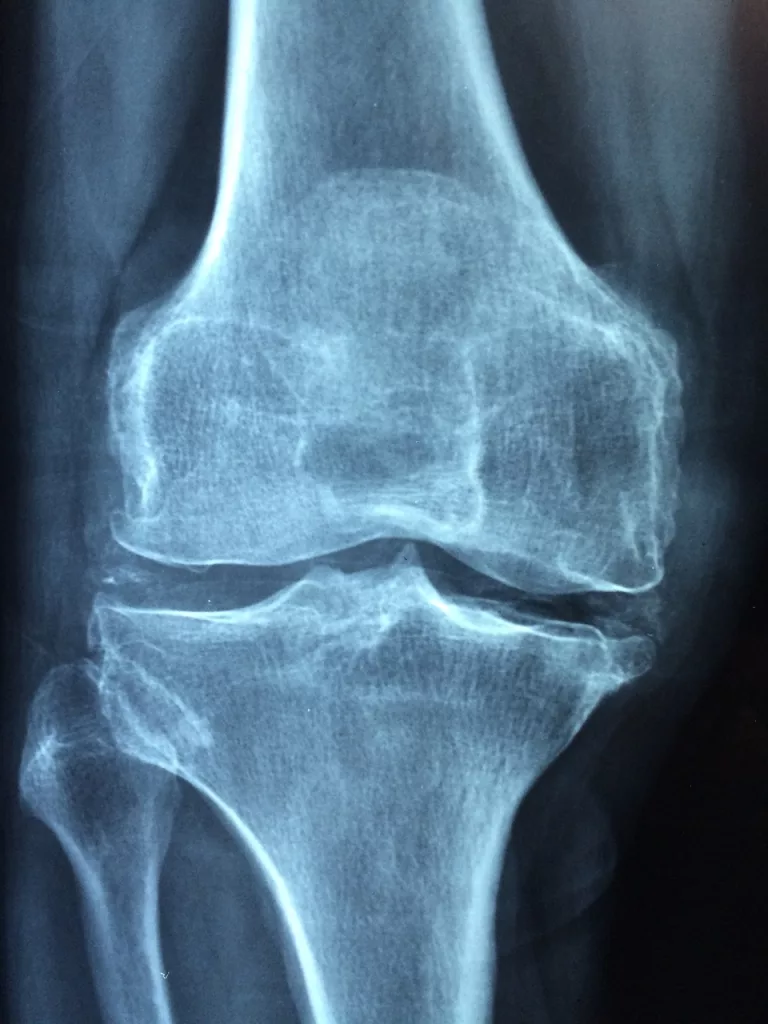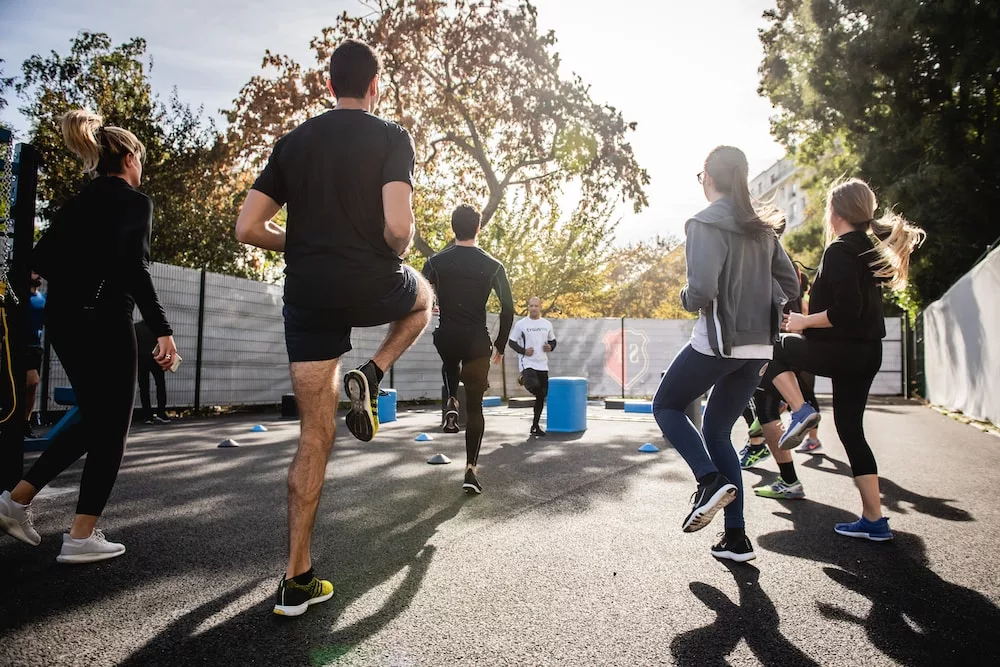Maintaining strong and healthy bones is crucial for overall well-being and longevity. Our bones provide structural support, protect vital organs, and play a fundamental role in producing red and white blood cells.
As we age, bone health becomes increasingly important to prevent conditions like osteoporosis and fractures. One of the most effective ways to promote bone health is through regular physical activity.
In this blog post, we will explore eleven benefits of regular physical activity into your daily routine to support strong and resilient bones.
Table of Contents
For a Healthier Bone, Here Are The Benefits Of Regular Physical Activity:
1. Increased Bone Density
Engaging in weight-bearing exercises, such as walking, jogging, dancing, or resistance training, stimulates the bone-forming cells called osteoblasts. This process helps increase bone density, making the bones stronger and less susceptible to fractures.

2. Prevention of Osteoporosis
Low bone mass and deteriorating bone tissue, which increases fragility, are symptoms of osteoporosis. Regular physical activity can help prevent osteoporosis by maintaining bone mass and improving bone quality.
3. Enhanced Bone Remodeling
Bone remodeling is an ongoing process where old bone tissue is replaced by new bone tissue. Exercise encourages a healthy balance between bone resorption and formation, ensuring that bone tissue is continually renewed and kept strong.
4. Improved Muscle Strength
Strong muscles work in conjunction with healthy bones to provide better support and protection. Weight-bearing exercises and resistance training not only strengthen bones but also help build and maintain muscle mass.
5. Reduced Risk of Falls
Falls are a significant concern, especially for older individuals, as they can result in fractures and other serious injuries. Regular physical activity improves balance, coordination, and overall strength, reducing the risk of falls and their potential impact on bone health.

6. Better Joint Health
Exercise promotes joint health by supporting the cartilage that cushions and protects the bones. Low-impact activities like swimming and cycling can be beneficial for joint health while still contributing to overall bone strength.
7. Enhanced Calcium Absorption
Calcium is a vital mineral for bone health, and physical activity helps improve calcium absorption in the bones. When combined with a calcium-rich diet, exercise maximizes the benefits of this essential nutrient.
8. Regulation of Hormones
Exercise positively influences hormones that impact bone health, such as growth hormone, estrogen, and testosterone. These hormones play a crucial role in bone remodeling and maintenance.
9. Management of Body Weight
Maintaining a healthy weight is important for bone health, as excessive weight can put additional strain on the bones, leading to potential damage. Regular exercise helps manage body weight, reducing the stress on bones and joints.
10. Increased Flexibility and Range of Motion
Activities like yoga and stretching exercises can improve flexibility and range of motion, supporting better posture and reducing the risk of bone-related discomfort and pain.
11. Positive Psychological Impact
Regular physical activity can improve mental health by lowering stress and anxiety levels. This, in turn, can indirectly benefit bone health, as chronic stress may negatively affect bone density and remodeling.
What Are the foods to eat in maintaining bone health?
Maintaining bone health involves not only engaging in regular physical activity but also ensuring that you consume a balanced diet rich in essential nutrients that support bone strength and density. Here are some key foods to include in your diet to promote bone health:
- Dairy Products
- Leafy Greens
- Fatty Fish
- Fortified Foods
- Nuts and Seeds
- Beans and Legumes
- Eggs
- Fortified Tofu
- Bone Broth
- Citrus Fruits
- Whole Grains
Remember, a balanced diet that includes a variety of these foods is key to ensuring you receive all the nutrients required for strong bones. Additionally, moderation is essential, as excessive consumption of certain nutrients (such as vitamin A) can have adverse effects on bone health.
If you have specific dietary concerns or health conditions, it’s always a good idea to consult with a registered dietitian or healthcare professional to create a personalized nutrition plan that meets your needs.
Conclusion
Investing in regular physical activity is a powerful strategy for maintaining strong and healthy bones throughout life. From increasing bone density and preventing osteoporosis to enhancing joint health and reducing the risk of falls, exercise offers a multitude of benefits for our skeletal system.
Whether you prefer aerobic exercises, resistance training, or flexibility-focused activities, find an exercise routine that suits your preferences and fitness level. Remember, the journey to better bone health starts with taking that first step towards an active lifestyle.
Before beginning any new workout program, always speak with a healthcare provider, especially if you have any pre-existing medical concerns. Here’s to stronger bones and a healthier you!
Did you find this helpful? Let us know in the comments.
You might also like:
- 7 Tantalizing Tapioca Health Benefits & Nutritional Value
- The Grapevine Secrets: Health Benefits of Grapes & Its Nutritional Value
- What You Should Know About The Health Benefits of Dates
- The Wonderful Health Benefits of Lemon Balm: Nature’s Calming Herb
- What Do We Know About The Health Benefits of Prunes
- 5 Remarkable Benefits of Green Beans That Will Impact on Your Health In a Good Way
Disclaimer: The following information is provided solely for informational purposes and should not be considered professional advice or a substitute for professional consultation. While every effort has been made to ensure the accuracy and reliability of the information presented, we make no representations or warranties of any kind, express or implied, regarding the completeness, accuracy, reliability, suitability, or availability of the information provided. Any reliance you place on such details is strictly at your own risk.








